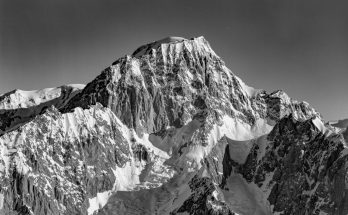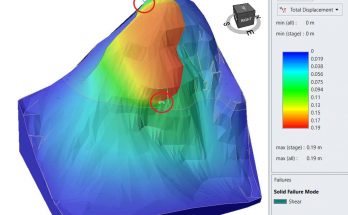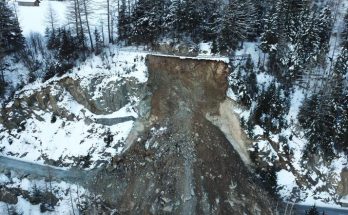Olivier Dubas
Director: Dr. Marc-Henri Derron
Experts: Prof. Michel Jaboyedoff, MSc. Antoine Guerin
In the field of risk analysis related to rock instabilities, temperature measurement can yield useful information in terms of stability. Indeed, temperature differentials can sometimes indicate elements that are invisible to the naked eye (eg presence of discontinuities, voids, fractured zones or exfoliation layers in certain geologies). Therefore, measuring large-scale temperatures could be beneficial in this area.
In this perspective, infrared thermography appears to be a particularly suitable tool. Indeed, the infrared thermography is a method of remote sensing that allows the instantaneous measurement of the temperature over an entire surface. This one results from the recording of a signal which is a function of the amount of infrared radiation received at the surface of the sensor. By transforming the latter into temperature using calibration curves specific to each thermal camera, this technique makes it possible to measure the surface temperature of an object remotely and rapidly.
However, this method is very sensitive to many parameters which, if not taken into account, can distort the measurement and cause artefacts. Therefore, a good understanding of the influencing parameters is necessary in order to bring the measured temperature closer to the actual temperature of the object under study. To do this, a good parameterization of the camera is necessary and this results from a good understanding of the phenomena that can influence the thermographic measurement. These may be related to 1) the nature of the surface studied (type of rock, alteration, roughness, oxidation) 2) the state of the environment in which the measurement is carried out (influence of the environment) and 3) The geometrical arrangement between the camera and the object studied (distance, angle of incidence).
The objective of this work is to: understand the theoretical notions specific to infrared thermography, assimilate the operation of the camera used and propose an adequate acquisition protocol, evaluate the impact of different influential parameters with the achievement of some experiments, propose a three-dimensional model of correction of apparent temperatures using a coupling between the thermal camera and a terrestrial laser scanner and finally propose a method to achieve thermal panoramas on a large scale thanks to the coupling between the thermal camera and a “GigaPan” panoramic head device.



